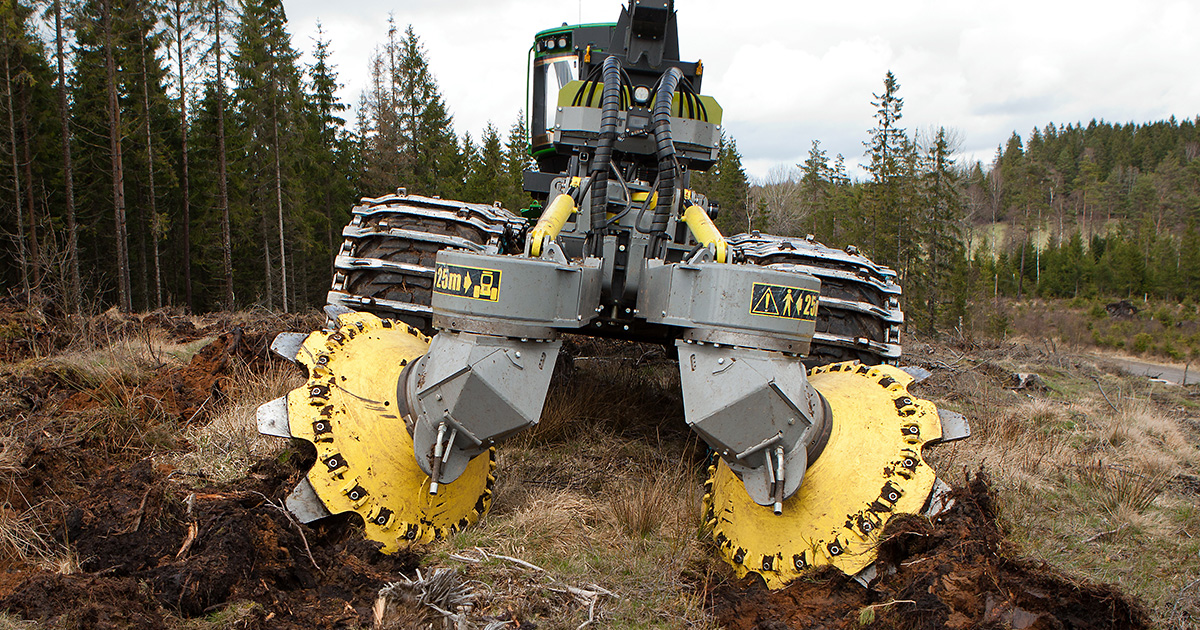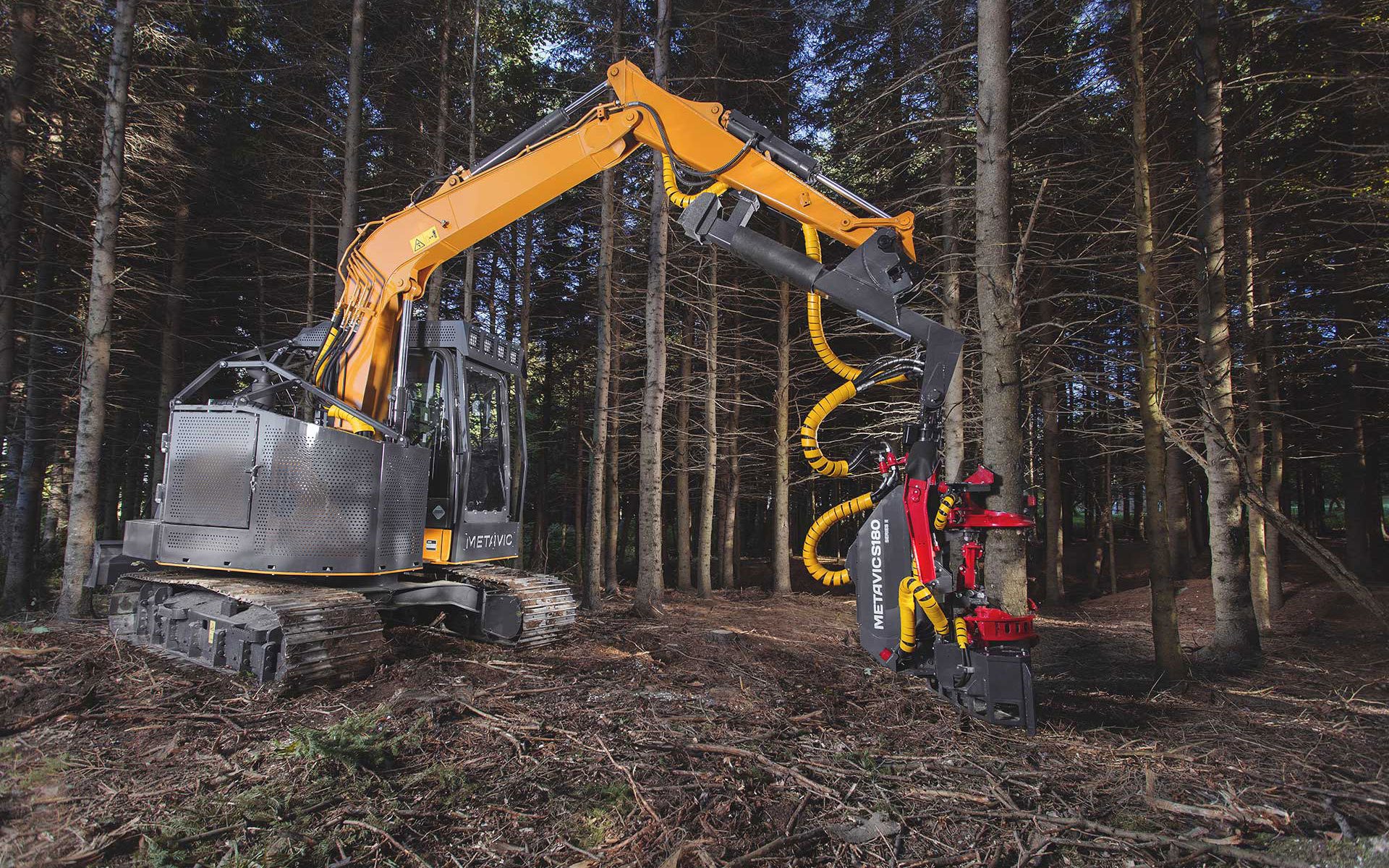
In the realm of modern industry, the sight of powerful machines operating at peak efficiency is truly a spectacle. Industrial machinery has transformed the way we produce goods, making processes faster, more efficient, and increasingly precise. This article delves into the impressive world of industrial machines, highlighting how they achieve remarkable efficiency.
The Heart of Industrial Innovation

Industrial machines are the backbone of manufacturing, construction, and many other sectors. These machines are designed to perform specific tasks with high precision, significantly reducing the need for manual labor. Their ability to operate continuously and at optimal levels ensures that industries can meet high production demands without compromising quality.
Types of Industrial Machines
From robotic arms in assembly lines to massive earthmovers in construction sites, industrial machines come in various forms, each tailored for specific functions. Some of the most notable types include:
- CNC Machines: Computer Numerical Control (CNC) machines are a staple in manufacturing. They automate the control of machining tools via a computer, allowing for precise cutting, drilling, and shaping of materials.
- Robotic Arms: These are extensively used in automotive and electronics industries. They enhance production speed and precision, performing repetitive tasks such as welding, painting, and assembly with unmatched accuracy.
- Earthmoving Equipment: Machines like bulldozers, excavators, and loaders are essential in construction. They handle tasks that would be impossible for humans to perform manually, such as moving large amounts of earth, demolition, and heavy lifting.
Efficiency Through Technology

The efficiency of industrial machines is largely driven by advancements in technology. Innovations such as artificial intelligence (AI), machine learning, and the Internet of Things (IoT) have revolutionized how these machines operate. AI and machine learning enable machines to learn from data, optimizing their performance over time. IoT connects machines to networks, allowing for real-time monitoring and maintenance, which reduces downtime and enhances productivity.
Real-World Examples

- Automotive Manufacturing: In the automotive industry, robotic arms are used to assemble cars with incredible precision. They ensure that each component is placed accurately, which enhances the overall quality of the vehicles.
- Construction: Earthmoving machines like excavators are used to prepare sites for construction. These machines can dig, lift, and move large quantities of materials efficiently, making the construction process faster and more cost-effective.
- Food Processing: In food manufacturing, machines such as automated mixers, fillers, and packagers ensure that products are processed and packaged consistently and hygienically, meeting strict industry standards.
The Future of Industrial Machines
The future of industrial machinery looks promising, with continuous advancements on the horizon. Future developments may include more integration of AI for predictive maintenance, further automation to reduce human intervention, and the development of eco-friendly machines to reduce the environmental impact of industrial activities.
Conclusion
Industrial machines play a crucial role in modern industry, driving efficiency and productivity across various sectors. With ongoing technological advancements, these machines will continue to evolve, pushing the boundaries of what is possible in manufacturing, construction, and beyond. The impressive capabilities of these machines underscore their importance in our daily lives and their potential to shape the future of industry.





